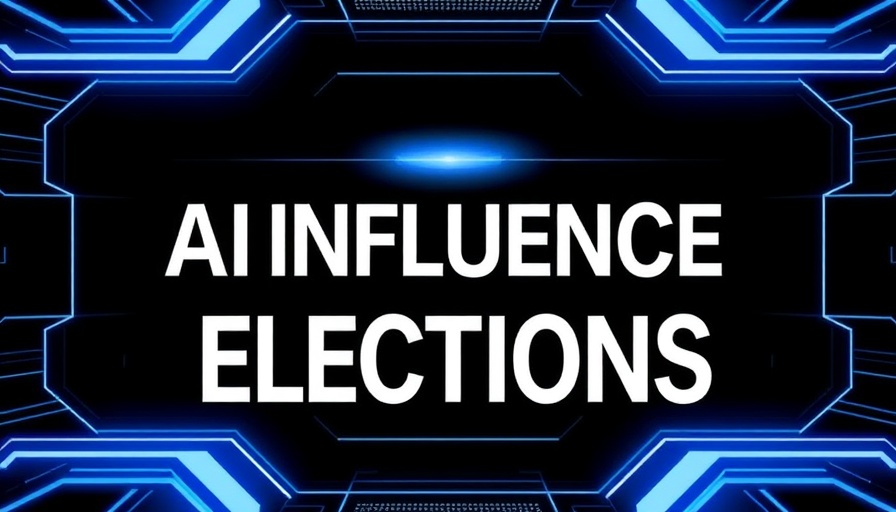
The Power of Predictive Modeling in Drug Development
Understanding how molecules dissolve in various solvents can significantly streamline the drug development process. A new predictive model developed by researchers at MIT aims to do just that. This model utilizes advanced machine learning techniques to accurately forecast the solubility of molecules, potentially leading to more efficient drug design and synthesis. As medications must dissolve properly to be effective, having reliable predictions can save time, resources, and reduce the dependency on harmful solvents.
Reducing Environmental Impact with Smart Choices
One of the exciting implications of this development is its potential to lower the environmental footprint of pharmaceutical manufacturing. By minimizing the use of more hazardous solvents, the industry can not only comply with stricter regulations but also contribute to sustainability efforts. The model empowers chemists to choose safer alternatives and enhances overall safety in laboratory environments.
Applications Beyond Pharmaceuticals
While the immediate application of this model is in drug development, its implications stretch far beyond. Industries ranging from food science to materials engineering can benefit from improved solubility predictions in their processes. This cross-disciplinary utility shows the promise of integrating artificial intelligence into various fields, enhancing productivity and innovation across the board.
Future-Proofing Science and Technology
As we continue to explore the capabilities of AI and machine learning, predictive models like this one signify a monumental shift in how science can be conducted. Innovations such as these lay the groundwork for future advancements, enabling scientists to tackle more complex challenges and possibly revolutionizing industries reliant on solubility.
 Add Row
Add Row  Add Element
Add Element 



Write A Comment